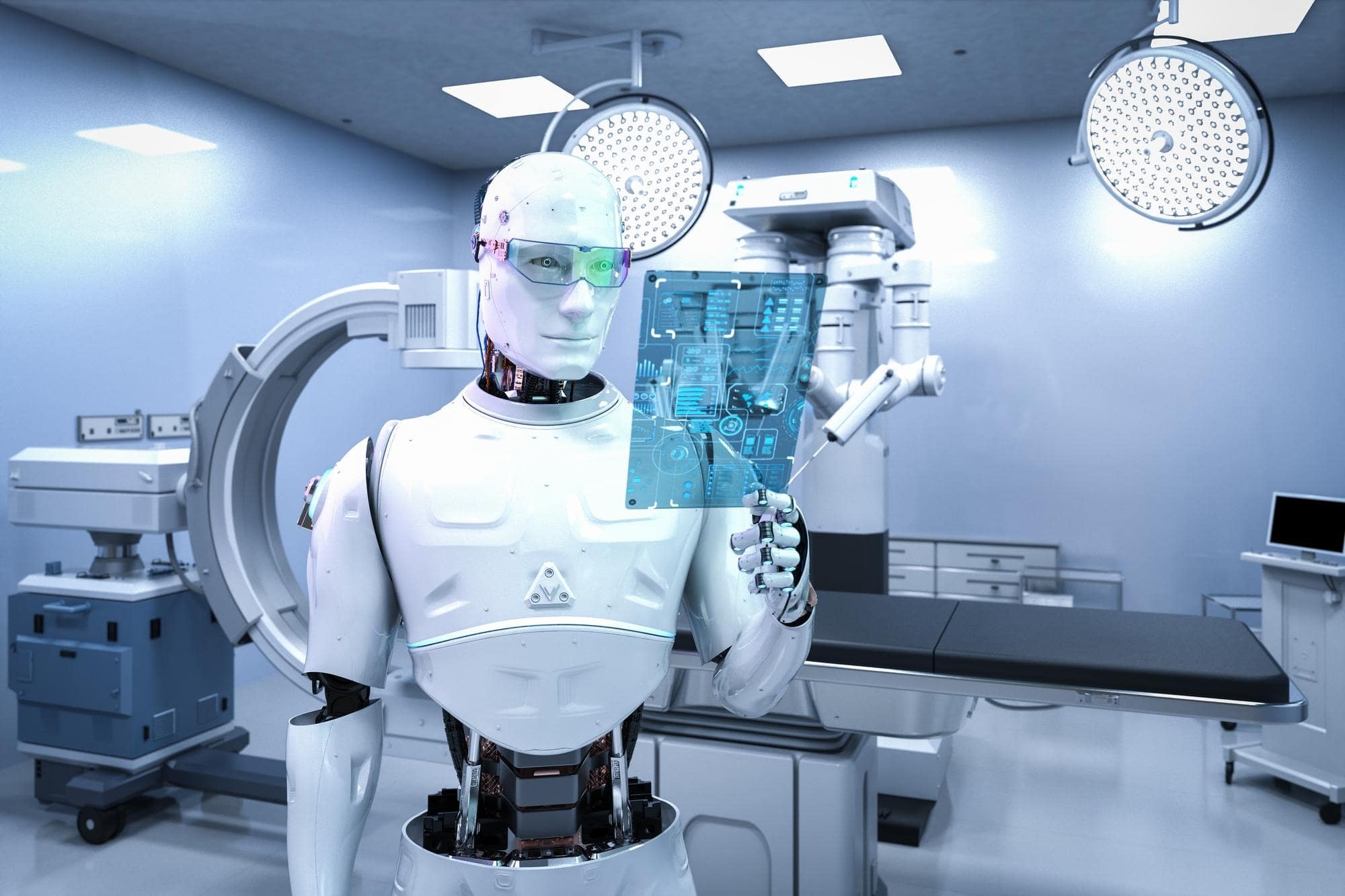
Robotics in healthcare is transforming the way medical professionals diagnose, treat, and care for patients. From performing intricate surgeries to assisting in rehabilitation, these advanced machines are becoming indispensable in modern medicine. But what exactly makes robotics so crucial in healthcare? Robots offer precision, efficiency, and consistency that human hands sometimes can't match. They reduce the risk of human error, shorten recovery times, and even make certain procedures less invasive. Imagine a world where surgeries are quicker, recovery is smoother, and patient care is more personalized. Intrigued? Let's dive into 17 fascinating facts that showcase how robotics is revolutionizing healthcare.
Robotics in Surgery
Robotics has revolutionized surgery, making procedures less invasive and more precise. Here are some fascinating facts about how robots assist in the operating room.
-
Da Vinci Surgical System: The Da Vinci Surgical System is one of the most well-known robotic surgical systems. It allows surgeons to perform complex procedures with enhanced precision, flexibility, and control.
-
Minimally Invasive: Robotic surgery often involves smaller incisions, which can lead to quicker recovery times, less pain, and reduced risk of infection.
-
Enhanced Visualization: Surgeons using robotic systems benefit from high-definition, 3D views of the surgical site, improving accuracy.
-
Steady Hands: Robots eliminate the natural tremor of human hands, allowing for more precise movements during delicate procedures.
Robotics in Rehabilitation
Robots are not just for surgery; they also play a crucial role in rehabilitation, helping patients regain mobility and strength.
-
Exoskeletons: Wearable robotic exoskeletons assist patients with spinal cord injuries or strokes in relearning how to walk.
-
Customized Therapy: Robotic rehabilitation devices can be tailored to each patient's specific needs, providing personalized therapy sessions.
-
Consistent Performance: Robots can perform repetitive tasks with consistent accuracy, which is essential for effective rehabilitation exercises.
-
Remote Monitoring: Some robotic rehabilitation systems allow therapists to monitor and adjust treatment plans remotely, ensuring continuous care.
Robotics in Diagnostics
Robots are also making waves in the field of diagnostics, offering new ways to detect and monitor diseases.
-
Robotic Endoscopy: Robotic systems enhance endoscopic procedures, providing better control and visualization for early detection of gastrointestinal issues.
-
Lab Automation: Robots in laboratories can handle repetitive tasks such as sample sorting and analysis, increasing efficiency and reducing human error.
-
Precision Biopsy: Robotic systems can perform highly accurate biopsies, ensuring that tissue samples are taken from the exact location needed for diagnosis.
Robotics in Patient Care
Beyond surgery and diagnostics, robots are improving patient care in hospitals and homes.
-
Nursing Assistants: Robots like the TUG can transport medications, linens, and other supplies within hospitals, freeing up nurses to focus on patient care.
-
Telepresence Robots: These robots enable doctors to consult with patients remotely, providing care to those in remote or underserved areas.
-
Companion Robots: Robots like Paro, a robotic seal, provide comfort and companionship to patients, particularly the elderly or those with dementia.
Robotics in Pharmacy
Pharmacies are also benefiting from robotic technology, which helps streamline operations and improve accuracy.
-
Automated Dispensing: Robotic systems can accurately dispense medications, reducing the risk of human error and ensuring patients receive the correct dosage.
-
Inventory Management: Robots help manage pharmacy inventory, tracking stock levels and automatically reordering supplies when needed.
-
24/7 Operation: Robotic pharmacies can operate around the clock, providing patients with access to medications at any time.
The Future of Robotics in Healthcare
Robotics in healthcare is transforming how we approach medical treatment. From surgical robots that enhance precision to rehabilitation robots aiding recovery, the impact is undeniable. Telepresence robots allow doctors to consult patients remotely, breaking geographical barriers. Robotic prosthetics are giving amputees a new lease on life with improved mobility and functionality.
AI-powered robots are also playing a crucial role in diagnostics, analyzing vast amounts of data to detect diseases early. Pharmacy robots are streamlining medication dispensing, reducing errors, and improving patient safety. As technology advances, we can expect even more innovative applications.
The integration of robotics in healthcare isn't just a trend; it's a significant leap forward. Embracing these advancements means better outcomes, increased efficiency, and a higher standard of care for patients worldwide. The future looks promising, and robotics will undoubtedly be at the forefront of this medical revolution.
Was this page helpful?
Our commitment to delivering trustworthy and engaging content is at the heart of what we do. Each fact on our site is contributed by real users like you, bringing a wealth of diverse insights and information. To ensure the highest standards of accuracy and reliability, our dedicated editors meticulously review each submission. This process guarantees that the facts we share are not only fascinating but also credible. Trust in our commitment to quality and authenticity as you explore and learn with us.


